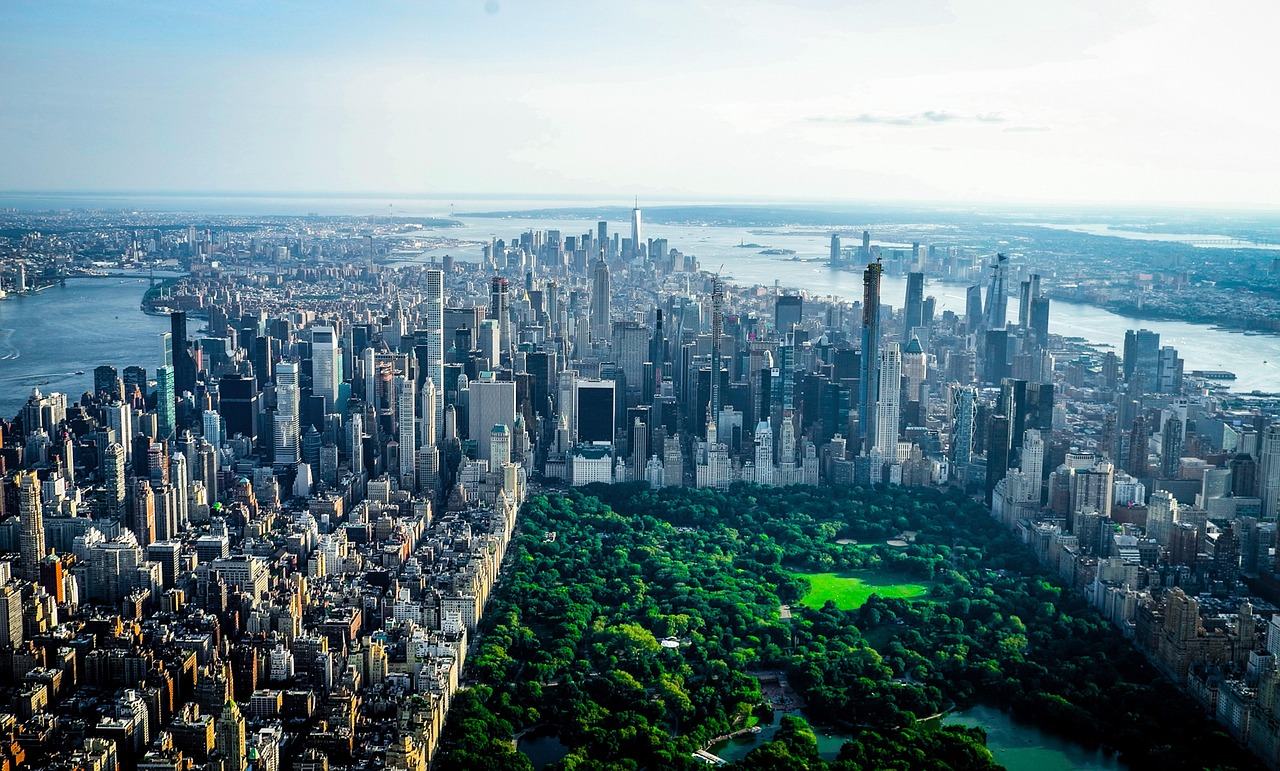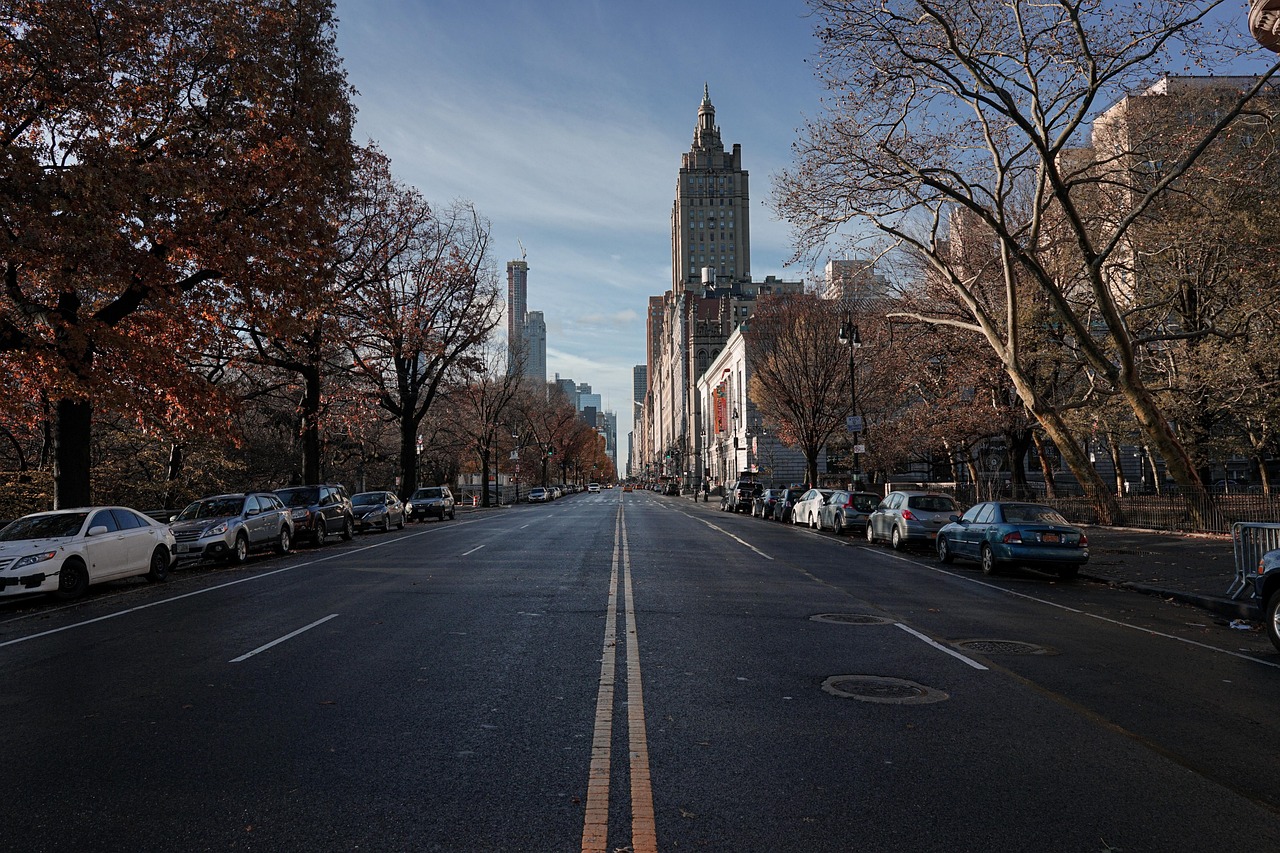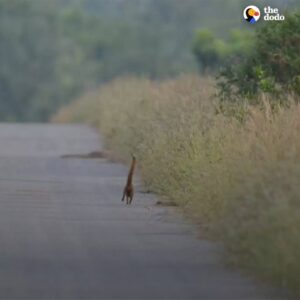New York is noise incarnate — cabs, ambition, street heat — but at its center, something improbable still breathes. Central Park isn’t just a green space; it’s a recalibration. Eight hundred acres of meadows, woods, and water holding back the city’s pulse like a deep, slow breath.
It’s man-made wilderness that somehow feels older than the skyline around it.
The Great Meadow of Contradictions
Step in at 59th Street and you’re swallowed by trees before you can glance back at Fifth Avenue. Within minutes, the grid dissolves.
You find joggers tracing the Reservoir, lovers sharing benches under elms that outlived mayors, and painters trying to catch a patch of afternoon light before it shifts.
Why go: To remember that even the most engineered spaces can host real stillness.
Bow Bridge and the Shape of Calm
Cast iron, curved like a heartbeat — Bow Bridge is the park’s quiet crescendo. From here, the lake mirrors both skyline and cloud, proof that city and sky can coexist without rivalry. Boats drift through reflection. Proposals happen without announcement.
It’s overused in movies for a reason: it works.
Why go: For symmetry, serenity, and maybe your own scene worth remembering.
The Ramble: Chaos by Design
Frederick Law Olmsted called it a “wild garden.” Paths double back on themselves. You get lost by accident and then on purpose. Birds flash through gaps in the canopy — warblers, owls, the occasional hawk — proof that migration doesn’t mind skyscrapers.
Every bend hides a new composition. It’s nature pretending to be spontaneous, and pulling it off.
Why go: To lose track of where you are, and enjoy it.
Bethesda Terrace: Heartbeat of the Park
Angels in stone. Violin echoes under tiled ceilings. Tourists leaning over the balustrade while street performers test the acoustics. Bethesda is the park’s pulse — theatrical and tender at once. The fountain anchors it all, constant and unbothered by the crowd.
Why go: Because beauty that doesn’t demand silence still counts.

The Park at Night
Under lamplight, the park trades color for temperature. Conversations soften. Runners fade to silhouettes. The skyline flickers through the branches like distant constellations. You feel small in the best possible way.
Why go: To realize that magic doesn’t always announce itself — sometimes it just waits until the city quiets down.
How to Let It Work on You
-
Go alone once. The park changes tone when it’s just you and the hum of leaves.
-
Follow sound, not map. A saxophone, a fountain, a patch of laughter — they’ll guide you better than signs.
-
Look up. The frame of trees against glass towers is the city’s best self-portrait.



